The Sacred Architecture of Islam is one of the most prolific traditions of building in the history of art. It is a tradition with four major strands – Arab, Iranian, Turkish and India. Historians of architecture have, for many decades, been assiduously examining these strands, so that it is now possible to survey them all panoramically as a cultural phenomenon within the ambit of Muslim civilization. However, the first the last by what may be called the Hindu Kush barrier. Panoramic surveys of Islamic architecture have frequently been undertaken, but by scholars who seem to be more comfortable with the Arab-Iranian-Turkish complex than with the Indian. The Indo-Muslim monuments appear to baffle them: it is as if the Hindu Kush barrier stood in their way. For these South Asian structures have a singular character conditioned by the impact of styles that had served the Buddhist stupa and the Hindu temple, styles unfamiliar to most students of Muhammadan architecture. Conversely, historians specializing in Indo-Islamic architecture, and occupied with classifying and interpreting its overwhelming array of edifices, have often lacked the opportunities to acquaint themselves with the monuments west of the Hindu Kush. The Sacred Architecture of Islam is the work of one who was professionally trained in the history of Indian art and architecture. He has also had the good fortune to travel over much of the Muhammadan world on both sides of the Hindu Kush, and thus has been able to appreciate the major monuments of that world at first hand, and to express that appreciation in the present work. He has also been able to examine in situ the monument of Europe and Latin America, and to study their impact on Indian architecture. The wide exposure to the monuments of Eurafroasia and America have enabled him, he believes, to straddle the Hindu Kush barrier, and thus to see the sacred architecture of Islam steadily and in totality.
The Sacred Architecture of Islam
by Jose Pereira
$147.60
$164.00
In stock
Free & Quick Delivery Worldwide
All orders amounting to US$ 50 or more qualify for Free Delivery Worldwide. For orders less than US$ 50, we offer Standard Delivery at $14 per book.
ABOUT THE AUTHOR Jose Pereira
JOSE PEREIRA, Born in Bombay in 1931, B.A. (Hons.) in Sanskrit, University of Bombay (1951). Ph.D. in Ancient Indian History and Culture, University of Bombay(1958). Adjunct Professor of East-West Cultural Relationships at the Insituto Superior de Estudos Ultramarinos, Lisbon (1959-1960). Research Fellow in the History of Indian Art, School of Oriental and African Studies, University of London (1962-1966). Research Associate in the History of Indian Art, The American Academy of Benares, Varanasi(1967-1969). Professor of Theology, Fordham University, New York (1970 to present). Pereira has published 14 books and over 130 articles on theology, history of art and architecture, and on Goan and Konkani culture, language and music. MICAEL MARTINS (29 October 1914-9 February 1999) born at Ol-lli/Orlim, Goa, in 1914. Studied music in Goa, and in Bombay with renowned music teachers. Performed for various musical societies in Bombay and Delhi and directed musical groups like the Coro Sacro and the Micael Martins String Quartet. Conducted the opera Geisha (1953). Was orchestra leader of films (Films Division Orchestra, 1949, Rajkamal Kala Mandir Orchestra, 1949). Participated in concerts in Delhi, where, in 1962, he performed alongside Lata Mangeshkar and Mohammed Rafi, and, in 1972, at the inaugural function of the Delhi Symphony Orchestra. Martins began his research into traditional Goan Song in 1933. Collaborated with Jose Pereira in recording Goan songs from 1954, collecting as many as 11,000 numbers. Martins and Pereira published some of those songs in Marg (1954) and Goan Tribune (1956-1957). They also published monographs of Goan Song in A Sheaf of Deknnis (Bombay: Konkan Cultural Association, 1967) and “Song of Goa. An Anthology of Mandosâ€, in the Boletim do Instituto Menezes Braganca, no 28 (1981). Martins was a prolific composer of classical musical forms, incorporating themes of Goan folk and art song into his compositions. He composed masses, hymns, profane songs and instrumental pieces – particularly excelling in the latter, outstanding examples of which are the following:
Rapsodia (1952), Carnaval em Goa (1953). Quatro Aguarelas (1953), Crepusculo de Estrelas Moribundas (1960), and Festival (1971). Micael Martins is renowned as the greatest classical composer in the history of Goan music.
reviews
0 in total
Review by Anonymous
Be the first to review “The Sacred Architecture of Islam” Cancel reply
You must be logged in to post a review.
Bibliographic information
Title
The Sacred Architecture of Islam
Author
Edition
1st ed.
Publisher
ISBN
8173052662
Length
xxxiv+470p., Col. & B/w Plates; 154 Line Drawings; Bibliography; Index; 28cm.
Subjects
more by Jose Pereira see more
similar bookssee more
Radhayan: The Story of Radha Through Myth, History and Fiction
Of all the mythic Hindu ...
$54.00
$60.00

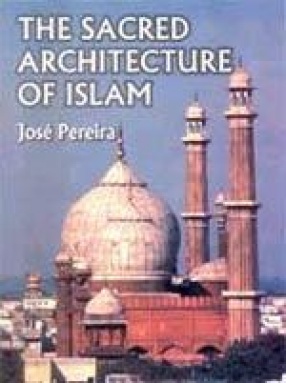
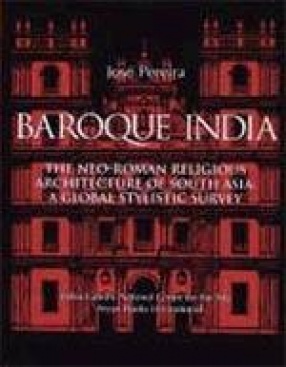

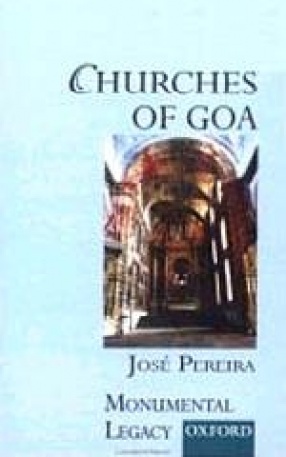
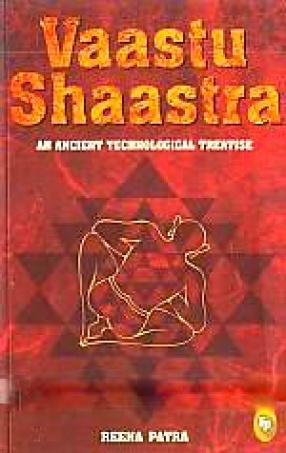
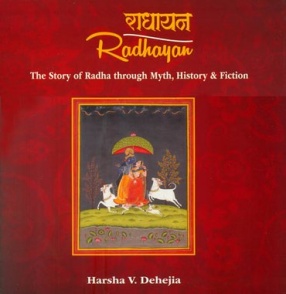
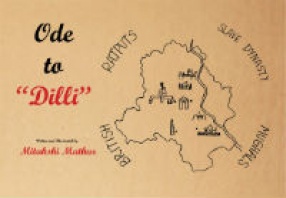
There are no reviews yet.